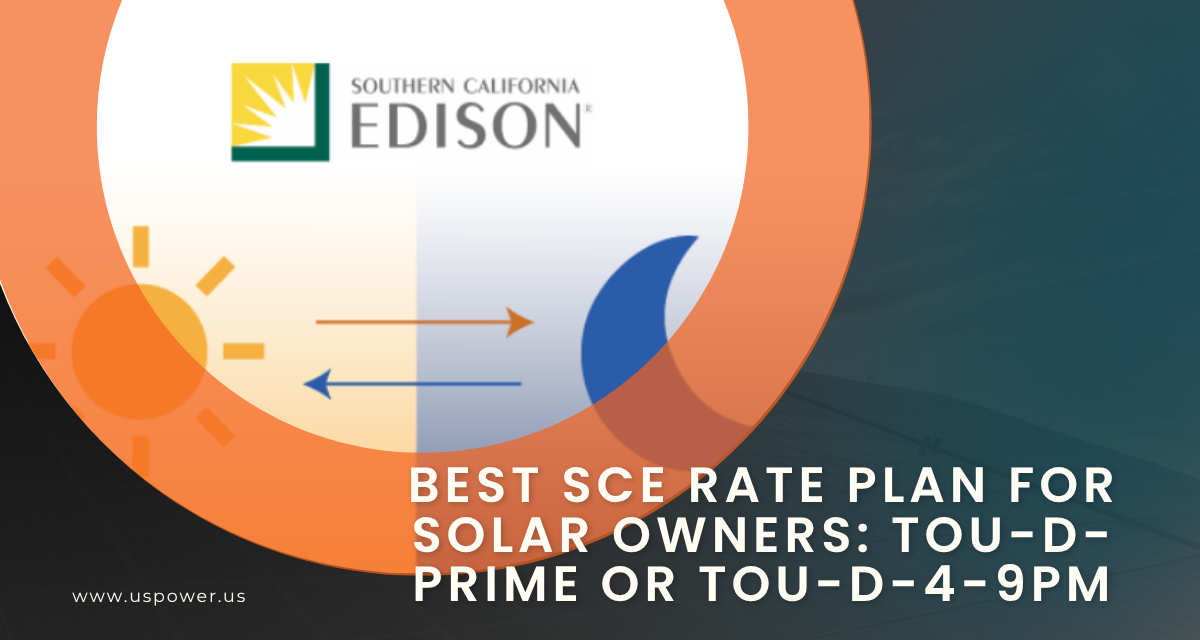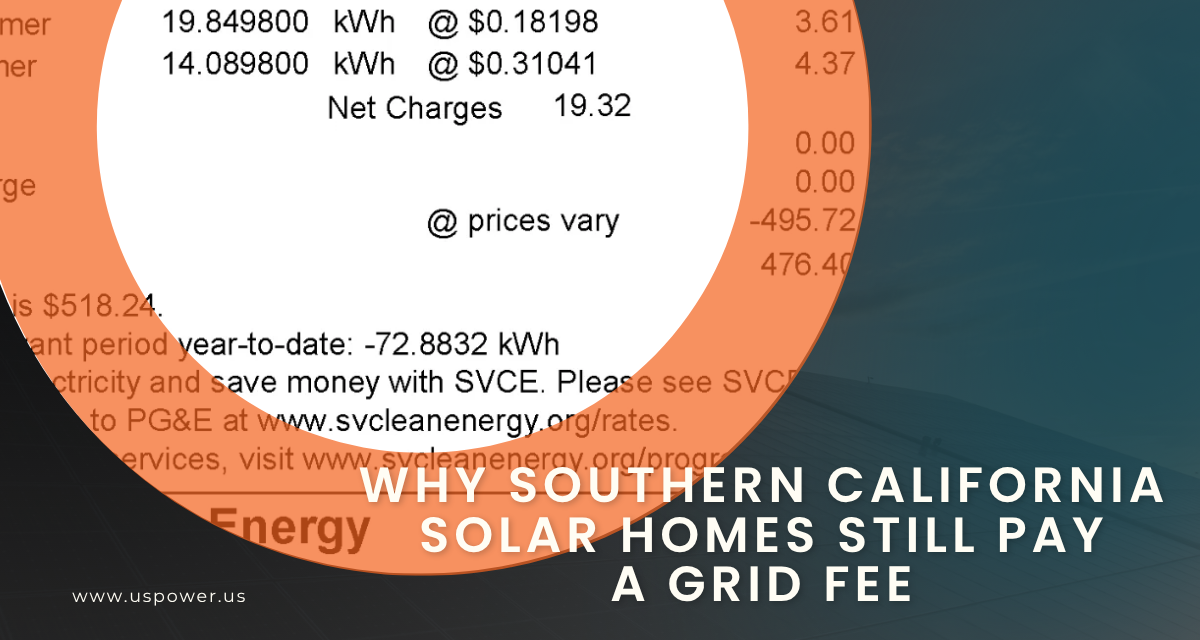Read This First Before Buying Solar Panels Yourself

Solar and Roofing Advisor
Avoid costly solar mistakes in 2025. Learn why buying your own panels could void warranties and lose tax credits in Southern California.

As the demand for clean energy continues to rise across Southern California, more homeowners are exploring solar energy as a way to cut monthly bills and reduce their carbon footprint. But with the rise of DIY solar kits and online equipment stores, one question keeps popping up: Is it really a good idea to buy your own solar equipment instead of hiring a professional installer?
While purchasing your own panels might sound like a budget-friendly shortcut, the truth is that solar installation is much more than just mounting panels on your roof. In 2025, with updated California energy codes, evolving incentive programs, and growing utility complexities, homeowners could end up paying more—and losing their warranty coverage—by going the DIY route.
Let’s break down the facts, the risks, and the smartest way to go solar in Southern California.
The Solar Investment Landscape in 2025
California remains the largest solar market in the U.S., with over 2 million residential systems installed statewide (source: California Energy Commission, 2025). With rising electricity rates from utilities like SCE, LADWP, and SDG&E—some exceeding $0.40 per kWh—homeowners are turning to solar to protect themselves from long-term cost inflation.
But here’s what’s changed in 2025:
- The 30% Federal Solar Investment Tax Credit (ITC) is still active but is set to step down after December 31, 2025, unless Congress extends it.
- California’s NEM 3.0 policy reduced export credits for excess solar power, making system design and battery storage integration more critical than ever.
- Battery storage incentives, such as the Self-Generation Incentive Program (SGIP), continue to help homeowners offset part of the cost of energy storage.
With these updates, a properly designed and installed system matters more than ever—something DIY systems often fail to optimize.
Buying Solar Equipment: The Appeal and the Reality
Online marketplaces and solar supply stores make it easy to buy panels, inverters, and mounting systems. The appeal? Lower upfront cost and control over your project. However, in 2025, the solar equipment market is flooded with mixed-quality imports, and many online sellers don’t provide warranties recognized by California utility programs or AHJs (Authorities Having Jurisdiction).
Here’s what you risk when buying your own equipment:
- No Full Warranty Coverage: Manufacturers often require professional installation from a certified dealer (like US Power) to honor warranties.
- No Access to Factory Pricing: Retail solar equipment costs 20–40% more than factory-direct pricing available through certified partners.
- Permit and Inspection Challenges: Homeowners who buy and install solar themselves face delays or rejections due to missing documentation or failed inspections.
- No Eligibility for Rebates: Most rebate programs require installation by a licensed C-46 solar contractor.
So while you might save initially, the long-term costs, performance risks, and lost incentives can easily outweigh any perceived savings.
Why Southern California Homes Need Professional Design and Installation
Every home in Southern California is unique—from older Spanish-style tile roofs in Pasadena to newer shingle roofs in Simi Valley or Encino. Factors like shading, roof angle, and utility interconnection rules affect how your solar system performs. A professional solar provider like US Power uses advanced tools and experience to design systems that maximize your ROI.
Professional installation ensures:
- Code Compliance: Systems meet California’s Title 24 and NEC 2023 electrical codes.
- Utility Approval: Smooth interconnection with LADWP, SCE, or SDG&E.
- Higher Efficiency: Proper inverter pairing, optimal wiring, and clean layouts for long-term durability.
- Roof Protection: Installation teams trained in roof-specific techniques prevent leaks or damage—a major issue in DIY installs.
Plus, professional installers can integrate battery storage systems like Qcells’ Q.HOME ESS for backup power during outages and peak rate hours—something homeowners can’t easily configure themselves.
The Smarter Alternative: Partnering with a Certified Solar Installer
Instead of risking your investment, partnering with a local, factory-certified installer ensures you get top-quality equipment, long-term support, and full incentive eligibility.
Why homeowners trust US Power:
- Exclusive Partnership with Qcells: US Power offers American-made, high-efficiency solar panels with direct factory pricing.
- End-to-End Project Management: From permit to inspection, everything is handled by licensed professionals.
- Local Expertise: Serving all of Southern California—from Ventura County to Orange County—with systems tailored to local utility and building requirements.
- Battery and EV Charger Options: Maximize self-consumption and prepare for time-of-use rates with integrated storage and EV charging.
When you go solar with US Power, you’re not just buying panels—you’re securing a long-term energy solution that performs for decades.
How Much You Really Save with Professional Installation
Let’s talk numbers.
According to data from NREL (2025), the average cost of professionally installed solar systems in Southern California ranges from $2.70 to $3.30 per watt before incentives. After applying the 30% Federal Tax Credit, the net cost drops to roughly $12,000–$16,000 for a typical 6 kW system.
In contrast, DIY systems often appear cheaper upfront—around $1.80–$2.00 per watt—but come without warranties, rebates, or utility approvals. By the time homeowners pay for corrective labor, additional permitting, or system troubleshooting, the total often exceeds $15,000–$18,000—without the same reliability or long-term value.
Professional installation also ensures:
- Guaranteed performance output for 25 years.
- Roof and workmanship warranties.
- Optimized savings under NEM 3.0 with storage integration.
So while DIY may look cheaper on paper, professionally installed systems outperform and outlast self-installed ones by years.
What’s the Best Option for Homeowners in 2025?
The best choice is one that balances cost, performance, and peace of mind.
For Southern California homeowners, the smartest move is to work with a certified, local solar company that understands state regulations, utility rates, and incentive programs. US Power not only meets all of these standards—it goes a step further by providing factory-direct Qcells panels, ensuring you get unmatched performance and warranty protection.
By choosing US Power, homeowners can:
- Lock in the 30% Federal Tax Credit before it expires in December 2025.
- Get free site assessments and system design consultations.
- Enjoy American-made panels with long-term warranty coverage.
- Save more with optimized system performance and energy storage options.
The Cost of Doing It Right vs. Doing It Twice
In solar, cutting corners often means paying twice. Homeowners who buy their own equipment may unknowingly void warranties, lose rebate eligibility, and face costly rework. By contrast, certified installers like US Power deliver performance, safety, and reliability—backed by warranties and local expertise.
If your goal is long-term savings, not short-term shortcuts, partnering with a trusted solar installer is the only smart way to go.
Get Your Free Solar Consultation Today
US Power makes going solar simple, transparent, and affordable. As a Qcells certified partner, we deliver factory-direct solar pricing, professional installation, and long-term energy savings for Southern California homeowners.
- Serving Los Angeles, Ventura, Orange, and Riverside Counties
- Featuring Qcells solar panels & energy storage systems
- Eligible for the 30% Federal Solar Tax Credit through 2025
Make sure to book now and see how much you can save before the incentive runs out!
Frequently Asked Questions
Related Articles
Our Related Blogs
Maximize your 2025 solar savings. Find the best SCE rate plan for your home.
Fixed monthly fees for SoCal solar homes explained clearly. Save more on solar!
Yes, but act fast—deadline is December 31, 2025, for full 30% solar tax credit.








We empower communities and businesses to harness clean, renewable solar energy solutions that drive sustainable growth.
Ready to Own Your Power? Call us today!
818-650-8010
Copyright © 2025 US Power - Axia by QCells. All Rights Reserved.
Privacy is important to us, so you have the option of disabling certain types of storage that may not be necessary for the basic functioning of the website. Blocking categories may impact your experience on the website.
Essential
These items are required to enable basic website functionality.
Personalization
These items allow the website to remember choices you make (such as your user name, language, or the region you are in) and provide enhanced, more personal features.
Marketing
These items are used to deliver advertising that is more relevant to you and your interests.
Analytics
These items help the website operator understand how its website performs, how visitors interact with the site, and whether there may be technical issues.
We and our third-party partners use cookies and other technologies to enhance and track your experience on this site, conduct analytics, and personalize marketing to you. By using the site, you agree to our use of these technologies, including recording and monitoring your interactions with the site.
Get an instant solar estimate using satellite!









